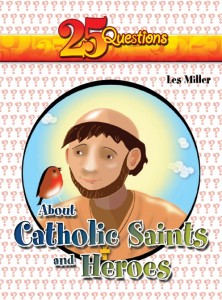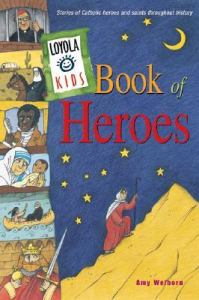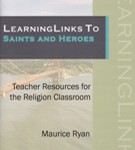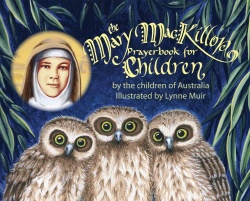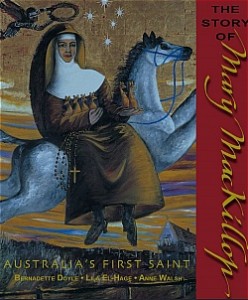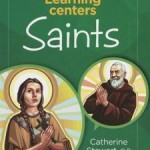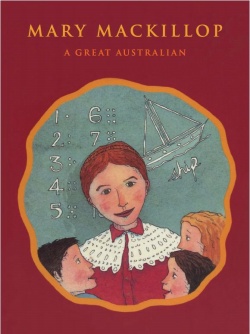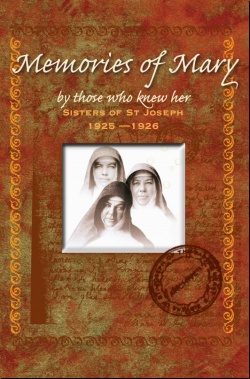- Home
- Issue 10: Care for Our Home
- Issue 9: Eco-Spirituality
- Issue 8: Interfaith Understanding
- Archives
- About us
- Contact
For Primary
Young children have heroes, people they think are great and want to be like when they grow up.
Our church has heroes too. They are called saints. There’s a good chance that their school or parish takes the name of a saint, or perhaps their very own name is that of a saint.
While reminders of saints are all around us, young students probably have never actually wondered what saints are and how they became saints in the first place.
Introduce the world of saints in simple terms; they are holy people, they are role models for us; they pray for us in heaven; they are honoured by the Church; they are people who love children.
Please find a lesson plan and interesting facts and activities to assist you to inform your young class, the importance of the communion of saints.
ST PATRICK’S BREASTPLATE (390-461 A.D.)
‘Christ has no body on earth but yours,
No hands but yours,
No feet but yours;
Yours are the eyes through which he looks
Compassion to the world;
Yours are the feet with which he is to go about doing good;
Yours are the hands with which he is to bless people now.’
SAINT TERESA OF AVILA
Other Prayers
‘Loving God
Thank you for the work that you did to give Mary MacKillop
The courage and mental strength to carry out her work.
Give us, as faithful people like Mary,
The steadfastness and confidence
To make the world a better place.
As Mary MacKillop said, we will try to –
‘do what we can and leave the rest to God.’ Amen.’
‘Dear God
Mary MacKillop was brave, smart, loving, kind and caring.
Please help us to be the best we can be
And be like her and look after our school,
Our play equipment and our teachers.
Please bless our school
And everyone in our school community.
Amen.’
Source:
The Mary MacKillop Prayerbook for Children
Suggestions on how to use these prayers:
1. Read prayers aloud.
2. Write the prayers on separate sheets of paper. Students illustrate each prayer in groups. The prayers can be pinned in the classroom.
3. For St Patrick’s prayer, explain what breastplate is or for older students ask them to find out the meaning and use of a breastplate. The prayer is asking God for protection and that Christ is in everything and everywhere. Have the students write their own reflection in the same style as St Patrick. Title of Prayer: ‘Where is Jesus?’
‘Jesus is ….etc
3. The Mary MacKillop prayers are based on the saint’s qualities. The students may write a prayer under one or each of these traits that Mary MacKillop displayed: Courage; Care for Others; Trust in God; Ability to Forgive; Thankfulness.
a. Create a prayer service to Mary MacKillop outside in a natural setting to represent Mary’s love for rural and outback Australia, serving the people wherever she went.
Symbols that represent:
For Mary’s love of the land, bring native flowers/gum leaves
Her contribution to Australia – soil on some bark or leaves
Her commitment to education – chalk and a book
Scripture
The parable of the good Samaritan. Luke 10: 25-37
Source:
Breakthrough Bible.
Verse 36-7. And Jesus said, ‘Which of these three acted like a neighbour toward the man attacked by the robbers?’ The teacher of the Law answered, ‘The one who was kind to him.’ Jesus replied, ‘You go, then, and do the same.’
Saint Francis of Assisi is an example of a person who was a good neighbour. He came from a rich family and gave up his wealth for the good of others.
1. Read this parable aloud.
2. What did the Good Samaritan and St Francis have in common? In what ways did they go out of their way to help others?
3. In what ways can you go out of your way to show that you care for others? Make a list of Random Acts of Kindness and create a poster. Go to www.edu.glogster.com and create a poster with phrases and pictures to show random acts of kindness or on other programs. Report on these acts that you see on news reports, from your friends/family/teachers and those that you do to others.
4. Describe the good Samaritan, for example, He was kind, generous, brave, helpful, and compassionate. Draw a picture of the Good Samaritan helping the injured man and write these qualities on a large sheet of paper.
5. Draw a picture of St Francis of Assisi giving his wealth to help others. He also loved animals. Show how he might have helped and been kind to animals.
5. Do a five-minute news interview with the injured man. What does he say about the good Samaritan? What questions would you ask the Good
Samaritan?
Reflection:
Lectio Divina
Invite students to choose a word or short phrase from the reading, then to close their eyes and be still and introduce a word or short phrase silently into their meditation. Allow a few minutes of silence for this.
Suggested Classroom Activities
1. Canonisation of Saints
a. Students learn the steps to becoming a saint (canonisation), by researching Mary MacKillop, Australia’s first saint and the process involved.
Source:
25 Questions about Catholic Saints and Heroes, pg 25
b. What qualities did Mary MacKillop have to become a saint?
Use these headings on the board: Courage; Care for Others; Trust in God; Ability to Forgive; Thankfulness.
c. Under each heading, the students find an example in Mary’s life where she displayed these qualities. (Students will need to know the story of Mary’s life).
Source:
The Mary MacKillop Prayerbook for Children
d. Create a time line of where Mary lived and worked.
e. Sketch a map of Australia, New Zealand and the world to show geographically where Mary travelled to in her life.
f. Recreate Mary’s family tree
2. Canonisation of Saints and two new saints – Popes John Paul II and Pope John XXIII.
b. Canonised on 27 April, 2014: Pope John Paul II and Pope John XXIII.
In groups, research either Pope John Paul OR Pope John on the internet and write up an article for your school about why these two popes were chosen to be saints. (Students will need to have background information on the popes. Cut out articles from the papers or copy internet news for information.)
http://www.resourcemelb.catholic.edu.au/object.cfm?o=213&pid=0
Use qualities to describe them, such as: heroes, an important world leader, a very human pope, a prophet of peace and justice, a man of principle.
Students can interview their teachers and parents about what they consider important qualities of the two popes.
3. Modern Day Heroes and Saints
http://australia.gov.au/topics/culture-history-and-sport/awards-and-honours
a. Look up modern day heroes in Australian media on the internet on the government site for awards given to heroes chosen by the Australian community, such as the Order of Australia, Australian local hero, Australian of the Year, 2014 – Adam Goodes, AFL player and community leader.
b. Make a list of qualities and characteristics these heroes have and in what areas. What are the essential qualities of a hero?
c. Discussion. Why is it important to have heroes and good role models?
d. Excursion/incursion. Meet/invite local heroes (may vary from anyone in the community who has done heroic deeds, eg police, ambulance driver, lifeguards, firemen, SES, charity leader, animal rescue and those heroes that emerge from the discussion above).
e. Make a class flip book with each student creating a page. Each page should have a title: ‘Heroes are…’
f. Celebrate ‘Hero Appreciation Day’. Send a ‘Herogram’ (used during the Olympic Games) to someone you admire.
g. Drama. Provide dress up materials and props for students to recreated the story of heroes and saints.
h. Make a bookmark or holy card.
Sources:
Learning Links to Saints and Heroes
i. In what ways can you be heroic? Discuss ways in which students can use qualities of saints and heroes in their own way at home, school and the community. Play the song, ‘The Hero’ by Mariah Carey and write down the lyrics. Students may wish to decorate or do a karaoke with this song.
j. Awards. Find a generic sketch of an award on Google images and label it ‘Every Day Awards’. Each child is empowered to be a hero in an ordinary way. Label each award that is relevant to each student. For example, ‘CHEERED SOMEONE UP, EVEN THOUGH I FELT SAD MYSELF’ OR ‘DID THE BEST JOB UNDER THE CIRCUMSTANCES’, ‘MADE SOMEONE FEEL LESS LONELY’.
4. How we remember and celebrate our saints
1. Feast Days
2. Pilgrimages
3. Stories
4. Church and school buildings
5. Patron saints and our baptismal names
Discuss the above ways in which saints are remembered.
In groups, use these subheadings to illustrate one aspect of a chosen saint. Older students may wish to study the concept of a pilgrimage and recreate the journey, relics, prayers, itinerary, travels, etc. such as El Camino de Santiago de Compostela in Spain.
For feast days, students can create a special feast day with posters, appropriate activities that relate to the saint’s good deeds, favourite prayers or songs, colours, nationality, clothing etc.
Church Activity
Read the story of Saint (Father) Damien Joseph de Veuster in Learning Centres, Saints.
Create a stained glass window, which will help people remember Father Damien, using a cereal box and the template in the book.
Design a church for your favourite saint as a diorama or triptych. Use templates on items found in a church (pg 60).
Design prayer cubes and pop up books, pg 54
Source:
Learning Centres Saints
School Buildings
Complete the history of your school. Is it named after a saint? What details can you find out about this person’s life and work?
Patron Saints
Find out about a patron saint if you or family members are named after them. It may be the name of your school or parish or that you simply admire them for their good deeds.
Common patron saints and names:
St David – patron saint of doves, poets, Wales
St Catherine of Siena – patron saint of fire prevention, Italy
St Anthony of Padua – lost items, the poor, travellers
St George – patron saint of Boy Scouts, soldiers, England
(from 25 Questions about Catholic Saints and Heroes)
Research Australia’s Patron saint – Our Lady Help of Christians (feast day May 24th) and why you think she was chosen for Australia.
Source:
25 Questions About Saints and Heroes
5. Sacrament of Initiation – Baptism – Born to be holy
Class/Group Discussion for younger classes. What does it mean to be Catholic?
Create a collage from magazine cuttings/photos of what represents being Catholic after the discussion.
In your discussion, discuss:
• what does becoming Catholic mean?
• why it is important
• why it is/should be a family event
• initiation rites in Baptism – what are you baptised into?
• is baptism simply a ceremony or is it a life time commitment?
• what is the importance and difficulties of living your faith – values/social justice/ethics
To support your discussion, refer to the BIG FOUR sacraments – baptism, reconciliation, communion and confirmation (depending on level of class) Jesus’ teachings.
Source:
Becoming Catholic Sacramental Program
Lesson Plan
The lesson plan for Saints and Heroes is available from the button below.
You might also like
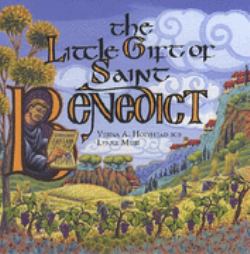 Was $9.95 now $6.95
Was $9.95 now $6.95
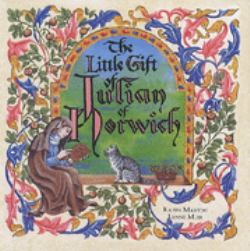 Was $9.95 now $6.95
Was $9.95 now $6.95
 Was $9.95 now $6.95
Was $9.95 now $6.95
 Was $9.95 now $6.95
Was $9.95 now $6.95
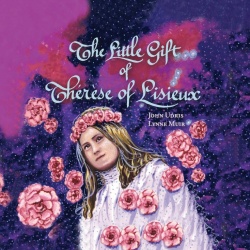 Was $9.95 now $6.95
Was $9.95 now $6.95


